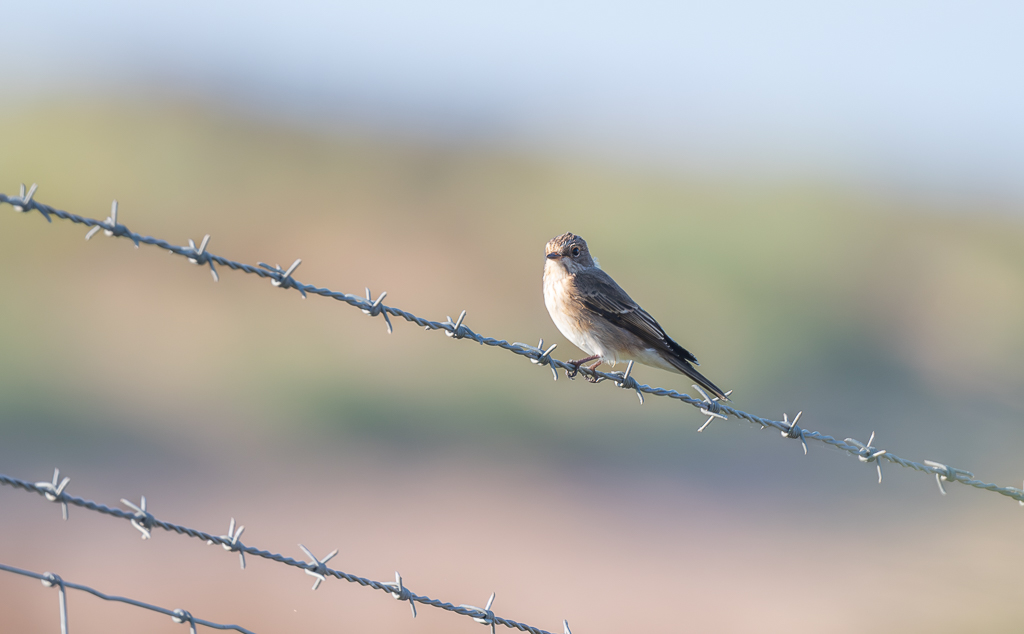
Migrants kept passing through as the week went on and the Swallows kept pulsing in large numbers. Meanwhile off shore Eiders were undergoing their annual moult and further out Common Scoters could be observed in small flocks every so often.
The heat continued as the week reached towards its end and offered no respite for full days birding. It was still out early and later in the afternoon. We found a Whimbrel on the South beach, always a treat, a Grey Plover dropped on to the scrapes for a short while and a Common Whitethroat was around the reserve centre.
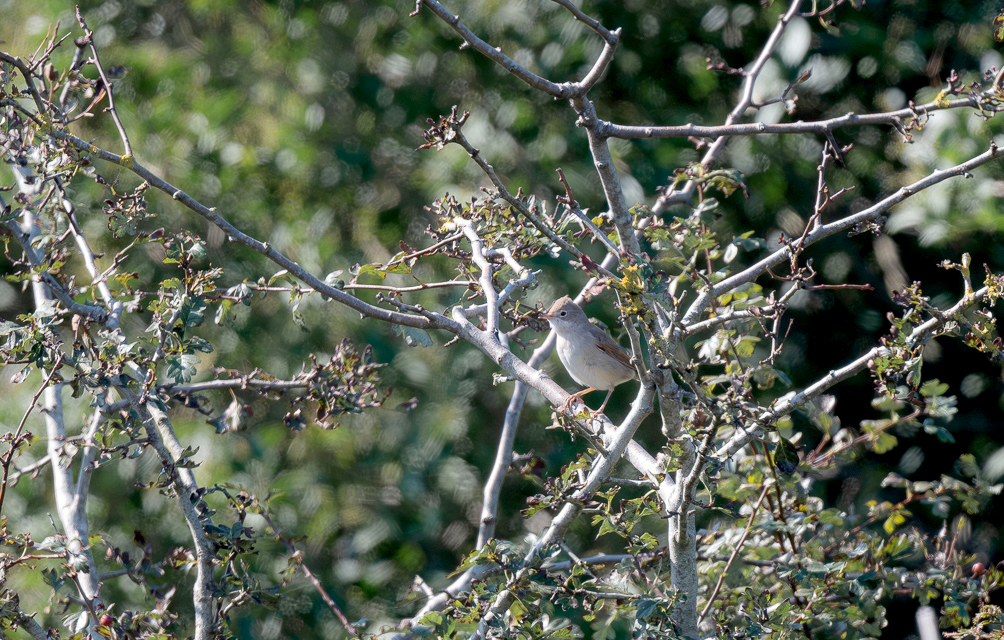
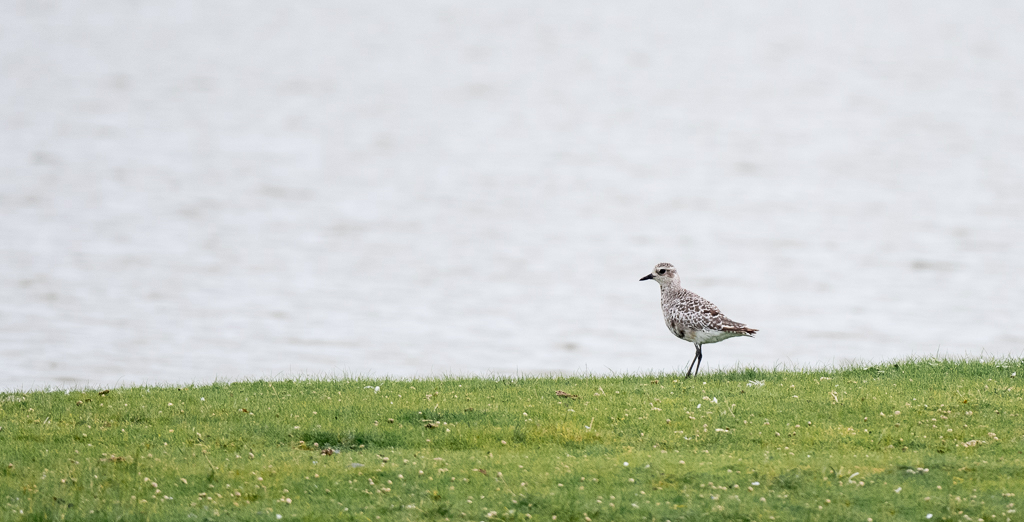
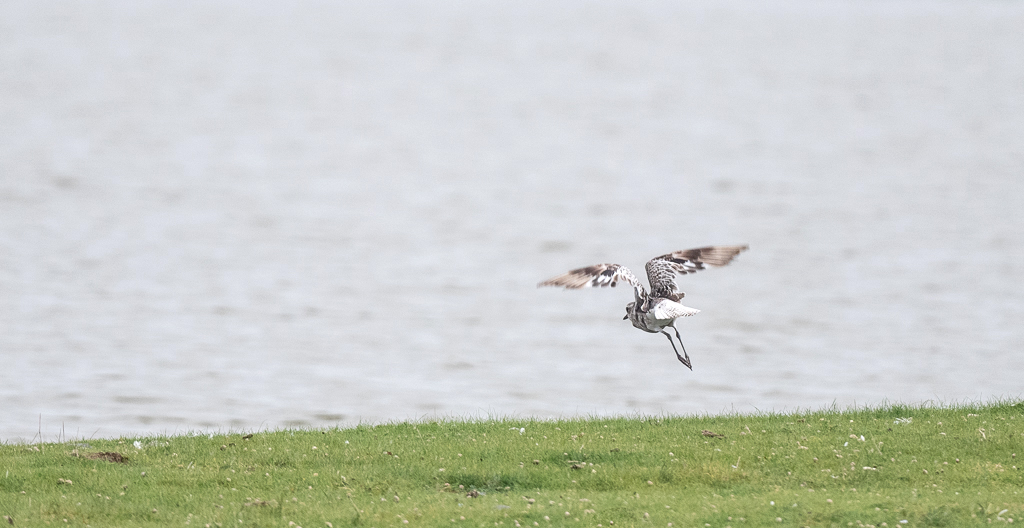
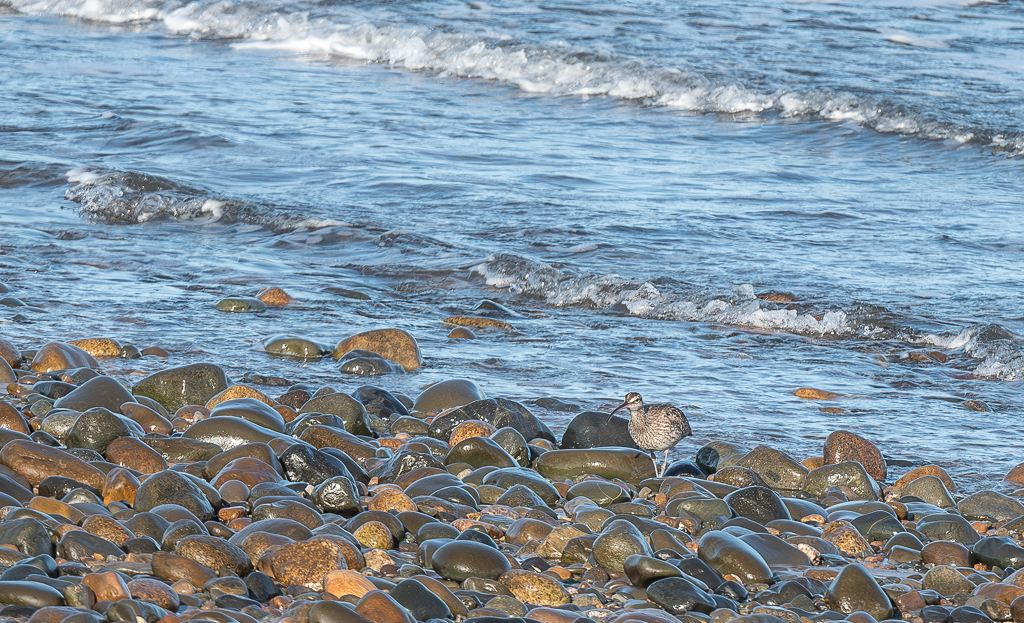
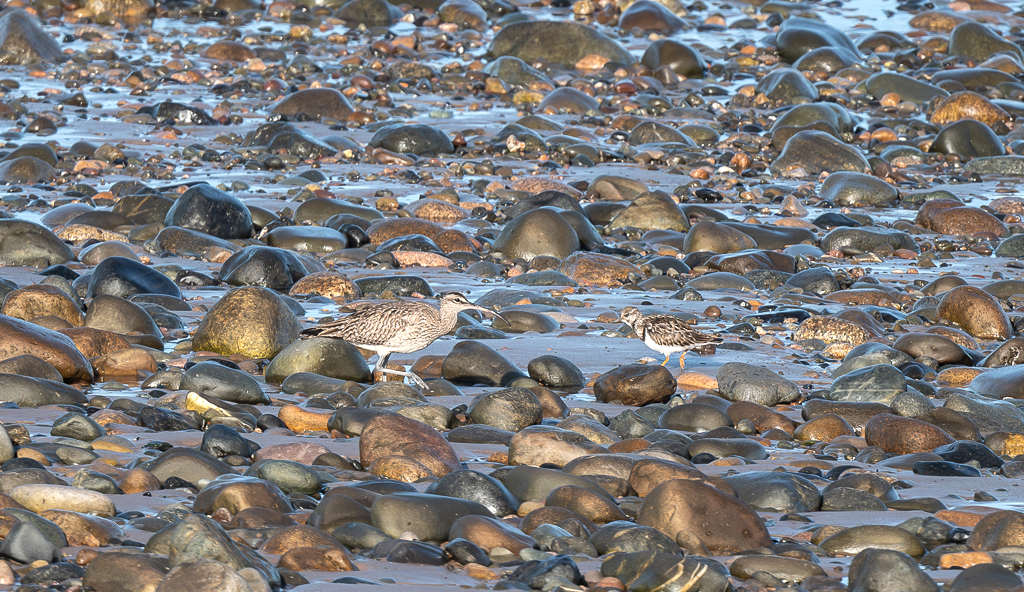
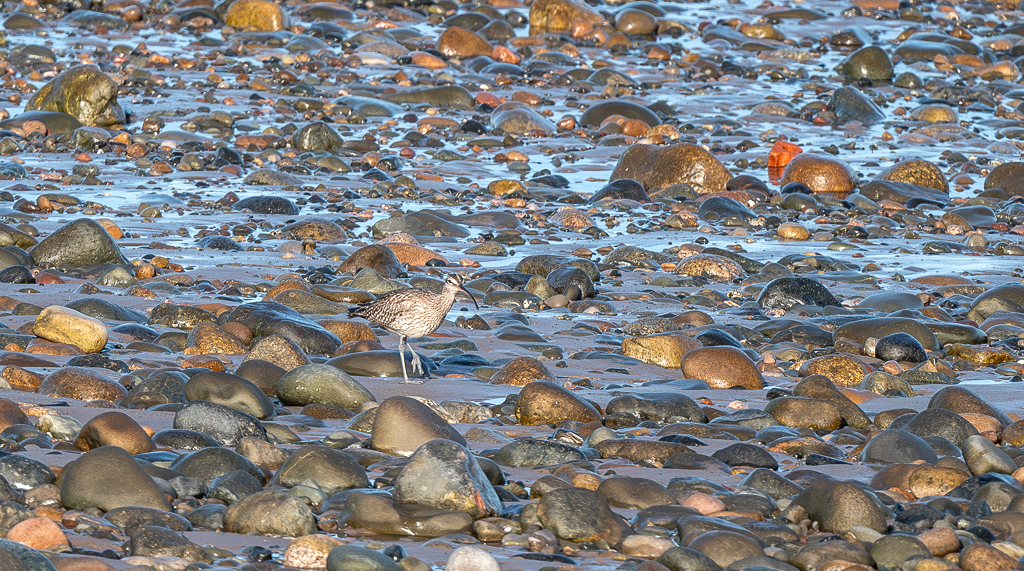
Sanderling, Ringed Plover and Dunlin were feeding on the tide line with Cormorants standing stately as if on guard.
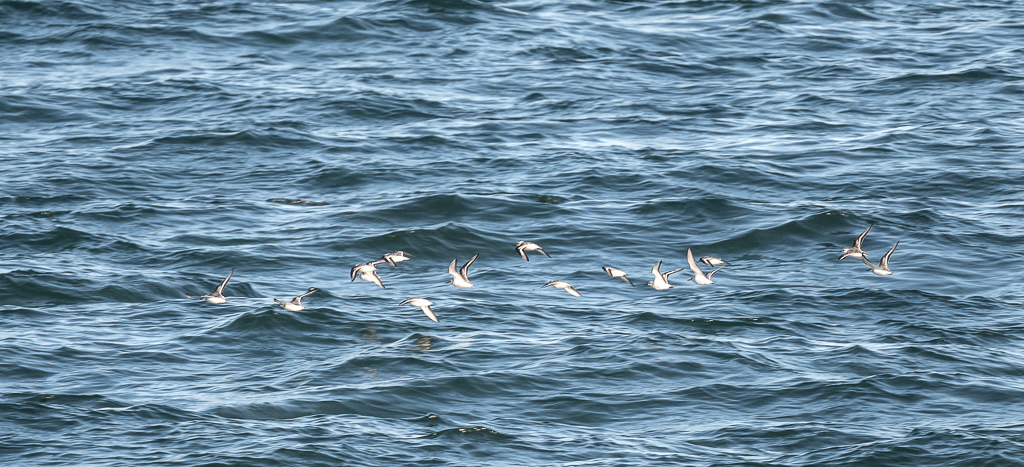
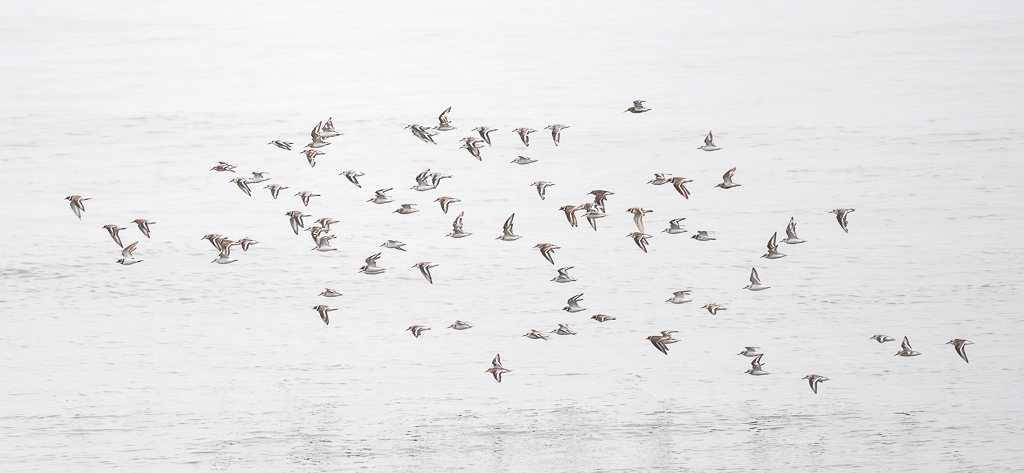
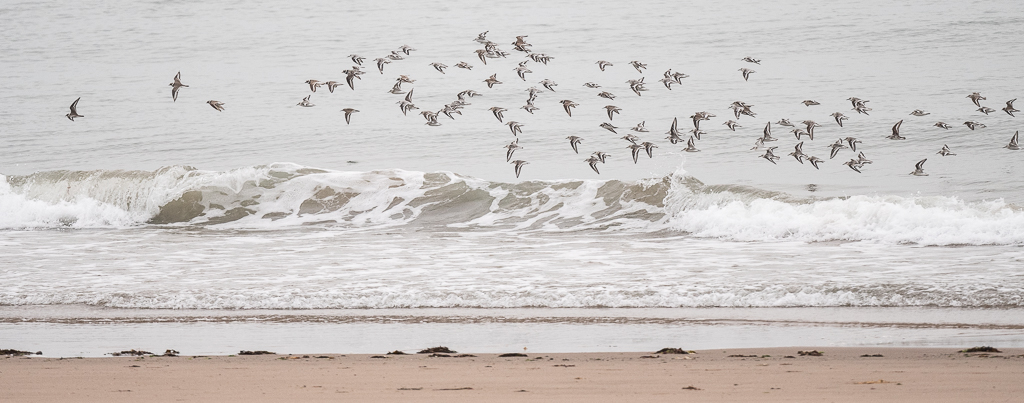
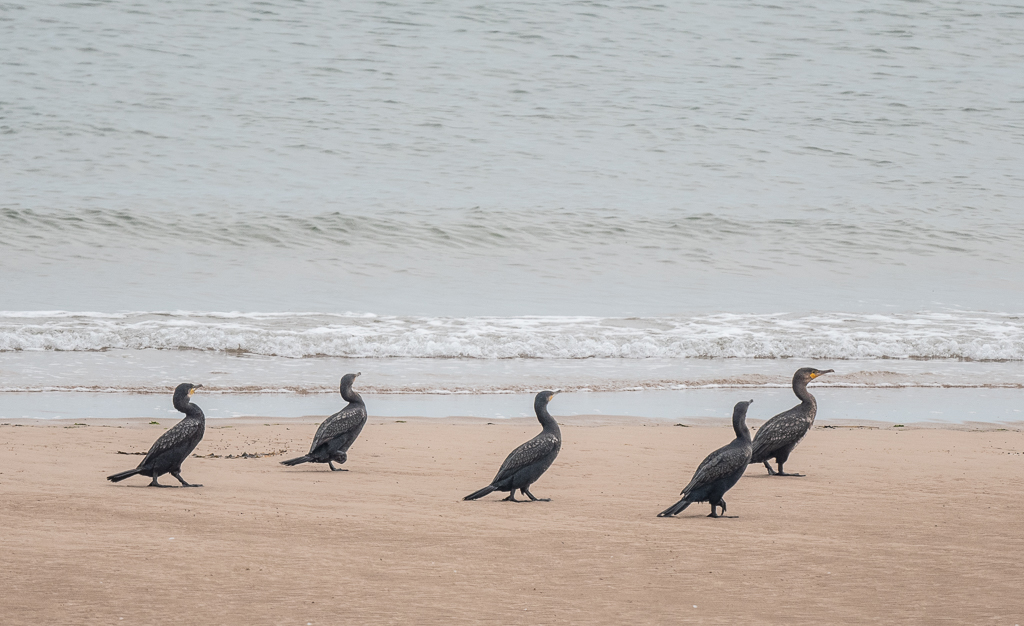
The one sad and uncomfortable experience was seeing the number of rabbits dying with myxomatosis. Walney has a high population of rabbits and this will, every few years, result in an outbreak of myxomatosis. The population will reduce but bounce back fairly quickly. Nothing can be done to alleviate the disease and it simply has to work its way through the reserve’s population. Luckily the disease does not transmit to any other animal or bird including people.
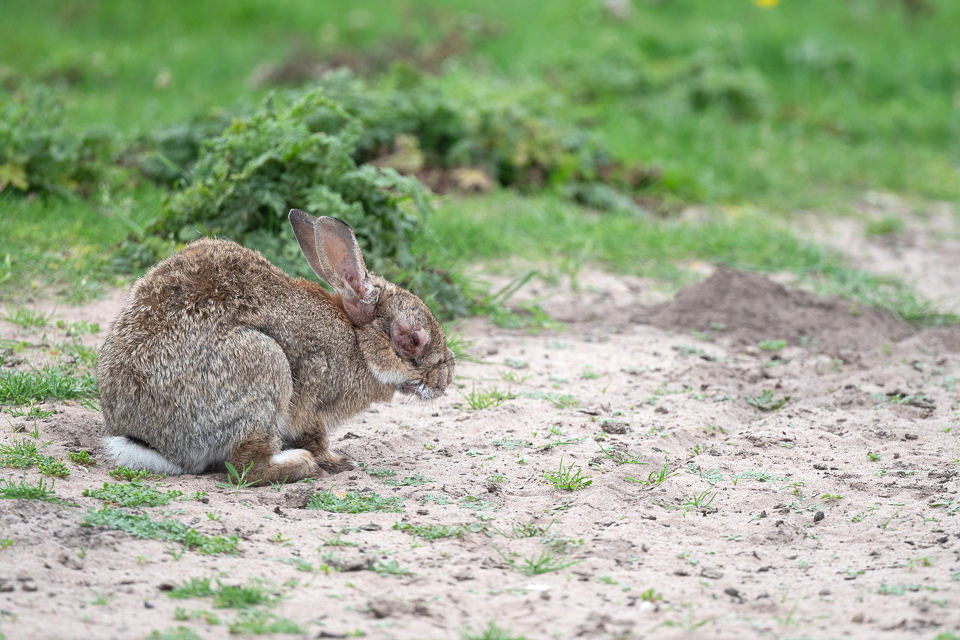
The change of season announced itself with two winter visitors to our shores, Wigeon and Pink-footed Goose. On the last morning skeins of Pink-feet passed over the reserve heading south to Lancashire, where they will stop off for a couple of months before most head on further south. A good number, however, stay on the Lancashire mosses for the whole of the winter before returning to their arctic breeding grounds. If one sound announces the coming of winter it is the ‘wink wink’ of the Pink-feet.
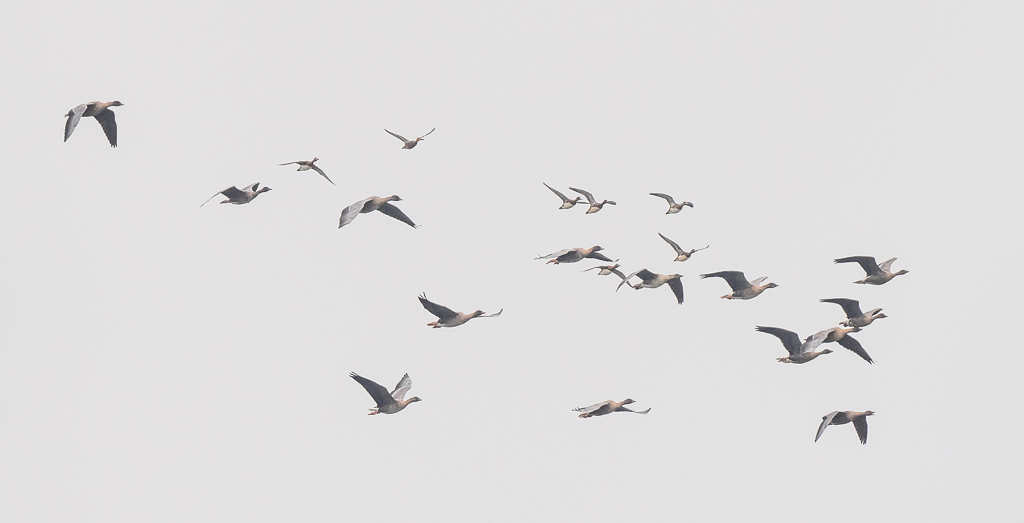
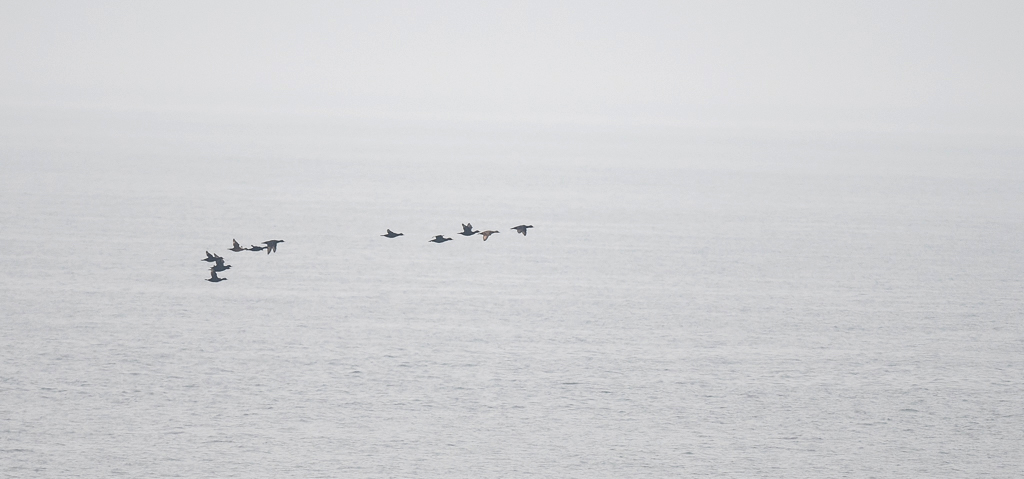
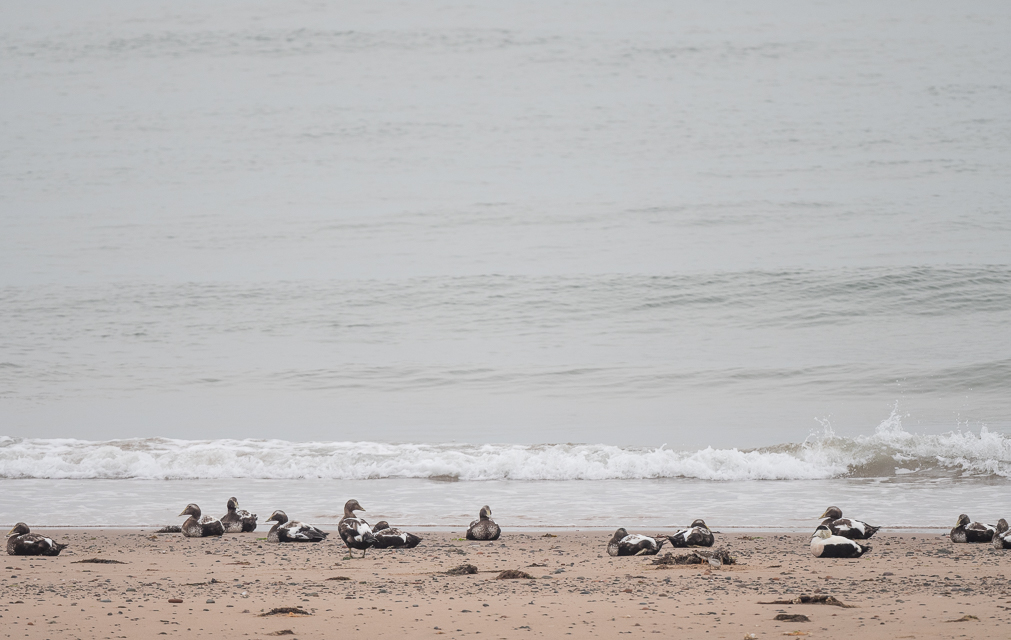
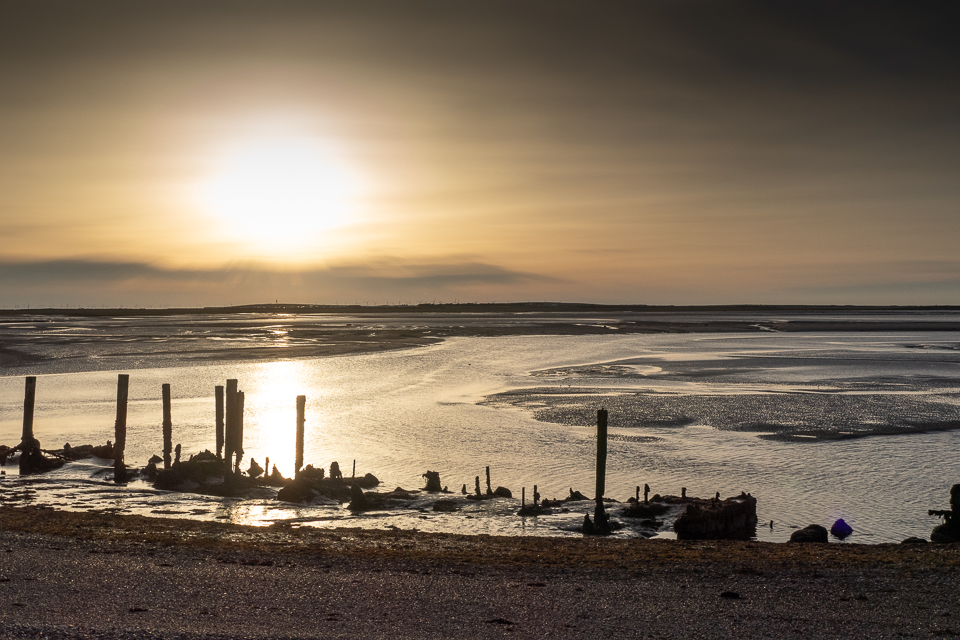
….. and so ended a fabulous week on Walney with 78 species of birds seen and a much more intimate sense of the island gained. Next it was up to Scotland crossing Mull before reaching Iona and a very different island!

No comment yet, add your voice below!